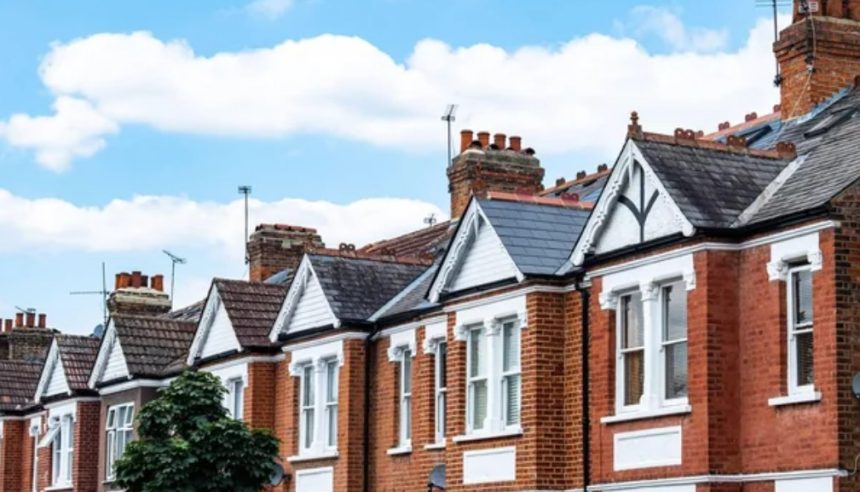UK House Prices on the Up as Market Proves Surprisingly Resilient
Despite warnings of a slowdown, the UK housing market is proving its strength once again. Fresh data shows that house prices are back on the rise, even in the wake of recent stamp duty changes that many thought would put the brakes on buyer enthusiasm.
Figures released by Nationwide Building Society reveal that the average UK house price rose by 0.6% in July, recovering from a 0.9% fall in June.
On an annual basis, property prices are up by 2.4%, edging ahead of last month’s 2.1%. That puts the average price tag of a UK home at £272,664.
This rebound comes just months after changes to the stamp duty threshold took effect on 1 April 2025—changes that had sparked uncertainty across the property sector.
But that caution appears to have been short-lived. “Looking through the volatility generated by the end of the stamp duty holiday, activity appears to be holding up well.
Indeed, 64,200 mortgages for house purchase were approved in June, broadly in line with the pre-pandemic average, despite the changed interest rate environment,”- Robert Gardner, Chief Economist, Nationwide
It’s a telling figure. Even in a landscape shaped by higher borrowing costs and shifting tax rules, mortgage approvals remain healthy.
And with growing talk of a possible interest rate cut from the Bank of England as early as 7 August, there’s growing optimism among lenders, agents, and buyers alike.
There’s also some good news on the affordability front. Gardner pointed out that for the first time in years, things are moving in the right direction.
“After deteriorating markedly in the wake of the pandemic, housing affordability has been steadily improving, thanks to a period of strong income growth alongside more subdued house price growth and a modest fallback in mortgage rates.
While the price of a typical UK home is around 5.75 times average income, this ratio is well below the all-time high of 6.9 recorded in 2022 and is currently the lowest this ratio has been for over a decade.
This is helping to ease deposit constraints for potential buyers, as there has been an improvement in the availability of higher loan-to-value mortgages.”
In plain terms, higher wages and lower mortgage costs are giving many buyers a better shot at getting on the ladder—or moving up it.
Still, the market isn’t moving in unison across the country. In some areas, prices are flat or even falling slightly, while in others, demand remains fierce.
“Homebuying activity may be picking up, but there are wide variations in price growth across the country. Competition among sellers has also been heating up amid a surge in listings, which may keep a lid on prices.
If the Bank of England proceeds with a rate cut next week, mortgage rates may ease further, opening up the market for more buyers.
The traditional summer surge in listings is another positive for buyers, who can take advantage of a wider range of homes to choose from. It is less of a boon for sellers, however, as it raises the potential for heavier negotiations on price.”- Alice Haine, Analyst, Bestinvest
For buyers, it’s a welcome change. More properties on the market mean more choice, and in some cases, more room to negotiate. But for sellers, that same surge in listings could lead to tougher conversations around pricing.
The lending market is also starting to warm up, according to mortgage brokers. Falling rates and looser borrowing rules are giving buyers a little more room to manoeuvre.
“Lower mortgage rates, with the expectation of more reductions to come, are giving the market impetus and putting borrowers in a stronger position when it comes to negotiating their property purchase. This, in turn, is keeping prices in check.
With the markets expecting a further rate reduction next week, we could be in for a busy autumn.
Lenders continue to trim their mortgage rates, while easing of mortgage lending rules should also enable borrowers to take on bigger mortgages in the coming months.” – Mark Harris, SPF Private Clients
Zoopla’s latest data, drawn from Land Registry records, supports this upward trend. Over the past year to June, house prices rose by 1.3%, with buyer demand up 11% and sales agreed up by 8% compared to the same time last year.
But not everything is rosy. One group in particular is feeling the pressure from the stamp duty reforms—first-time buyers. Since the changes came in April, the number of FTBs paying stamp duty has more than doubled, according to Zoopla. In March, just 19% of first-time buyers paid stamp duty. By June, that figure had jumped to 41%.






